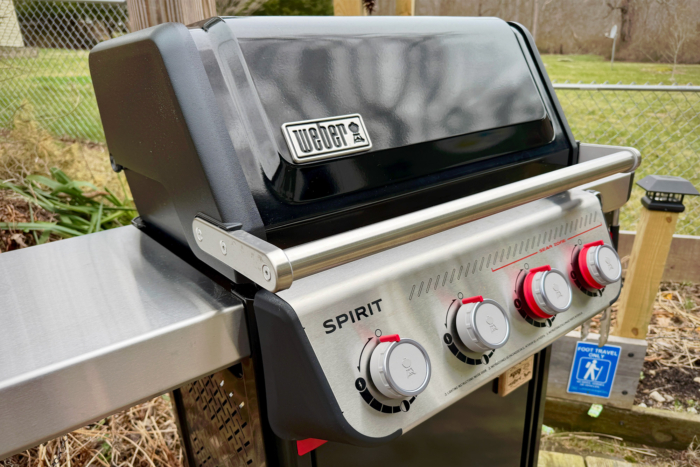If you love being outdoors, you either have a cooler or you need one. This Explainer Series article breaks down the world of portable cold storage, from soft-side units to bear-proof ice chests built like a tank.

For those new to the world of outdoor cold storage, this article offers a primer on key factors to consider when shopping for the ultimate outdoors cooler, or at least the best one you can afford.
Types of Outdoors Coolers
There are three common types — basic, soft-side, and heavy-duty. There are a couple others we will skip over, including disposable (styrofoam boxes) and ice-less (read: portable refrigerators).
Those don’t really count when figuring out how to store food and drinks at camp; the foam ones are largely illegal in national and state parks now, and they’re a bad idea anyway; and the ice-less units can’t go far from a running car or a generator.

How Will You Use the Cooler?

Cooler Price Range

Outdoors Cooler Features

Best Cooler Size for Outdoors?









